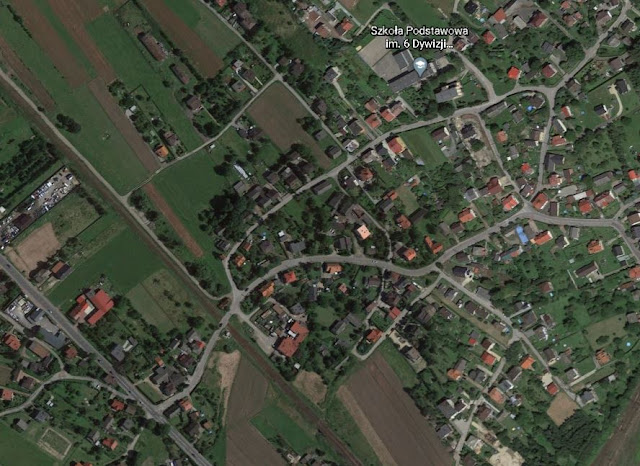Monowitz-Buna

Aerial photograph of Auschwitz III (Monowitz-Buna) The site of Auschwitz III Monowitz-Buna as it is now Monowitz subcamp was also known as Monowitz-Buna and Auschwitz III. It was established in October 1942 and evacuated in 1945. From 1943, the subcamp was commanded by SS Hauptsturmfuhrer Heinrich Schwarz. The subcamp held around 12,000 prisoners, most of whom were Jews, although there were also some criminals and political prisoners. They were used as skilled and unskilled labour at the nearby I G Farben chemical plant (which produced rubber and synthetic fuels), for which the SS charged the company three Reichsmarks per day for unskilled workers and four RM per day skilled workers. Where children were used as labour, the SS charged one and a half RM per day. Jewish workers at Monowitz had an average life expectancy of three to four months, reduced to just one month for those working at nearby mines. Those regarded as unfit for work were gassed at Birkenau. Prisoners at work on ...





